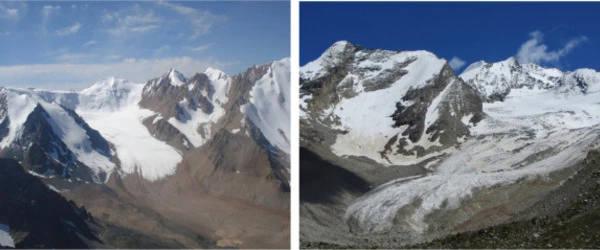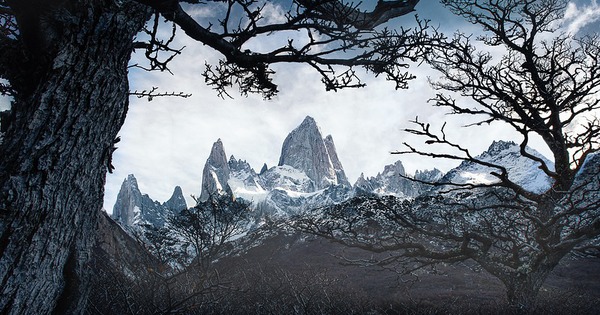Scientists have discovered that glaciers in the tropical Andes mountains have been in sync with polar ice extent in Antarctica and the Arctic for nearly a million years. A new study finds that the effects of greenhouse gases and other temperature drivers are affecting glaciers in the Southern Hemisphere at the same rate as ice sheets in the North.
Scientists have discovered that glaciers in the tropical Andes have been in sync with the boundaries of polar ice caps in Antarctica and the Arctic for nearly a million years. According to a study published in Nature, glaciers in tropical mountain ranges are being impacted by the same climate change drivers as those in the polar regions of Antarctica and the Northern Hemisphere.
The paper by a team of international scientists, including Robert Hatfield, an assistant professor in the University of Florida Department of Geological Sciences, is the first to show that the effects of greenhouse gases and other drivers of the Earth’s temperature are impacting glaciers in the Southern Hemisphere at the same pacing as ice sheets in the north. To derive their findings, researchers used sedimentary deposits from Lake Junín, high in the Peruvian Andes, to create a record of glacial changes stretching back 700,000 years.
We’ve known for nearly a century that rising greenhouse gases will affect the climate in every corner of the world, but we’ve been less certain about how quickly changes in ice volume at the poles will propagate to the rest of the world.
Christine Y. Chen
Hatfield explained that much of what scientists knew about past glacial changes came from records of ice growth and decay in the Northern Hemisphere. “As we try to understand how climate works around the world, we need more than just records that are influenced by and biased toward the Northern Hemisphere,” Hatfield said. Hatfield and his colleagues’ land-based lake record matches the duration of ice core records from Antarctica and spans the longest time frame ever collected from the Southern Hemisphere.
“What makes our findings unique is that we were able to get a continuous and independently dated record of tropical Alpine glaciation for the first time,” he said. “The key takeaway was that the tropics follow the same beat and same rhythm to what’s going on in the Northern Hemisphere.”
Despite differences in solar radiation between the two hemispheres, the study found that glacier changes occurred in both regions at the same time. This suggests that the increase in atmospheric greenhouse gas concentrations caused by changes in the volume of the northern ice sheets is affecting the entire planet at the same time.

When glaciers were present in the high Andes, they eroded the mountains around them, carrying meltwater sediment to Lake Junn. Carbonate was deposited in the lake during warmer periods when glaciers were absent.
Geologists launched a massive drilling mission at the lake in 2015 to collect data, which was funded by the National Science Foundation and the International Continental Scientific Drilling Program. For seven weeks, the group worked around the clock to retrieve 100 meters of sediment from the lake’s basin. After recovering the sediment, researchers spent the next few years developing a solid age model.
Christine Y. Chen, a co-author of the paper and a scientist at Lawrence Livermore National Laboratory, analyzed the uranium and thorium content of the sediments to determine how much time was represented by the sediment core.
“We’ve known for nearly a century that rising greenhouse gases will affect the climate in every corner of the world, but we’ve been less certain about how quickly changes in ice volume at the poles will propagate to the rest of the world.” said Chen “The tropics’ high-altitude mountains are about as far away from the poles as one can get. We’ve now demonstrated that ice in both regions has been growing and decaying synchronously for nearly a million years, highlighting our planet’s interconnectedness even further.”
The group published its findings about the age of the sediments in 2020 and began investigating its climate record. Using a combination of mineral magnetism and sediment geochemistry, geologists reconstructed the timing and magnitude of the glacial changes over the 700,000-year timeframe.
















